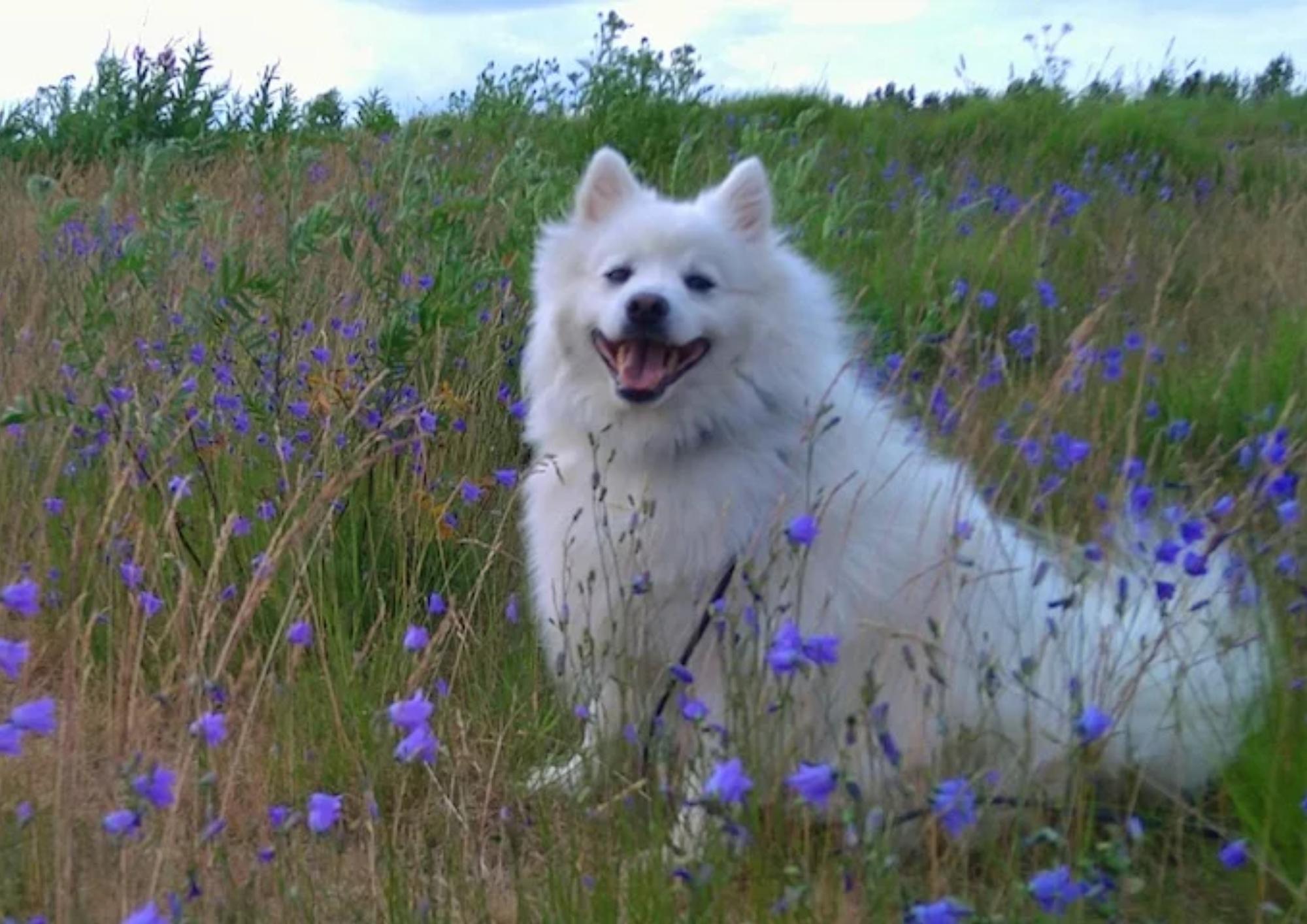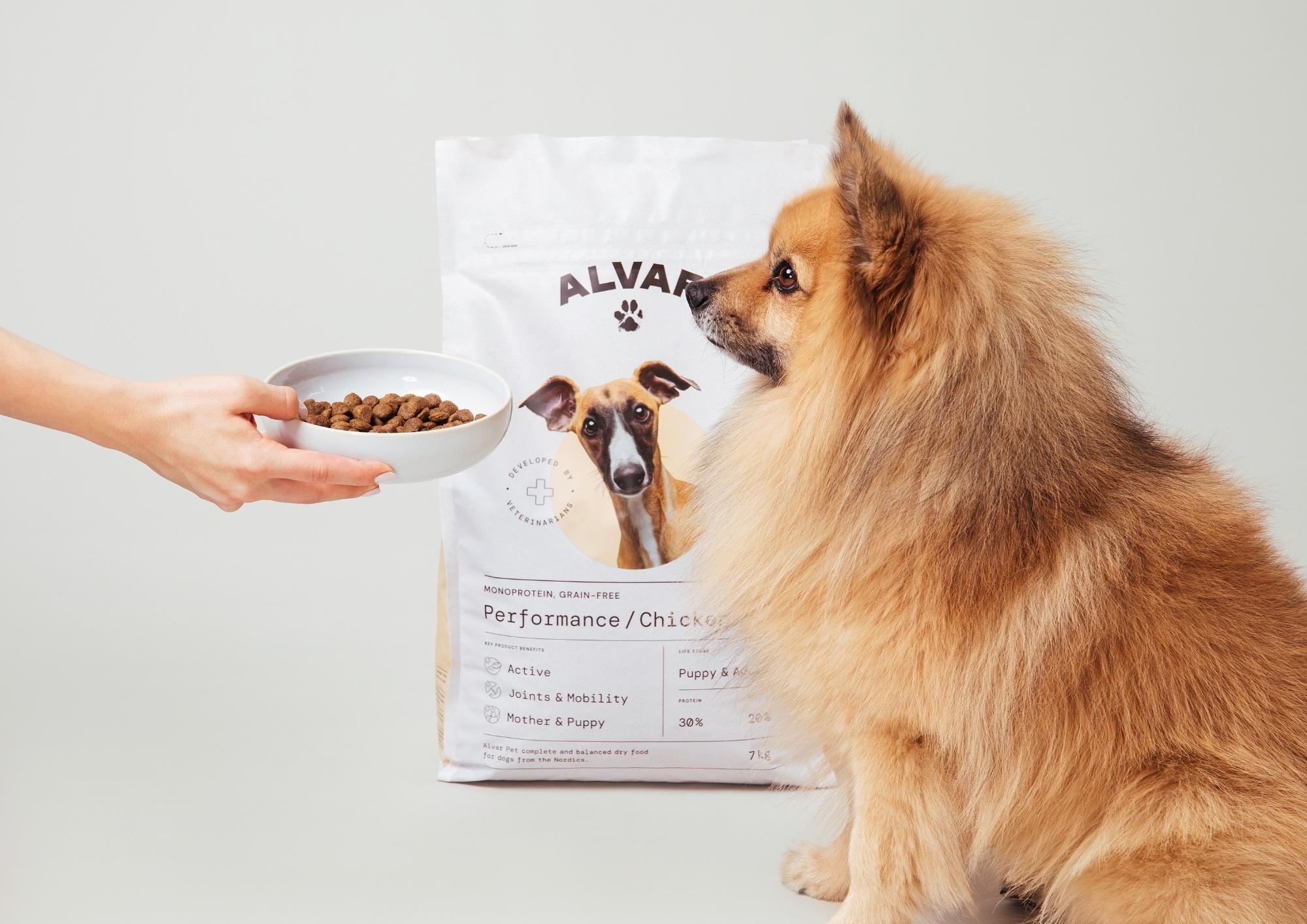Neutering or spaying causes hormonal changes in a dog’s body, which affect its nutrition. Here are our veterinarian Henna’s tips for feeding a neutered dog!
Energy Intake
Spaying or neutering is a risk factor for obesity, as the energy requirements of a neutered dog decrease, and metabolism slows down. Therefore, attention should be paid to energy intake, which can be influenced by:
- Switching to a food with fewer calories or reducing portion sizes.
- Limiting treats and food leftovers, while considering their energy contribution to the dog’s daily diet.
A dog’s energy requirements also depend significantly on its activity level, which is why all of Alvar’s food packaging includes recommended portion sizes for different activity levels, taking into account the surgery. However, it’s still important to monitor your dog’s body condition and weight, and adjust the feeding accordingly.
Feeling of Fullness
Due to hormonal changes, a dog’s appetite may increase after surgery. Reducing portion sizes can naturally decrease the dog’s feeling of fullness. To help with “constant hunger,” foods with higher fiber content can be beneficial.
Fiber dilutes the calorie content of the food, so the portion size can be larger. High-fiber food fills the stomach without adding extra energy. Certain fibers, like psyllium, can also slow down stomach emptying, keeping the “stomach full” for longer periods after meals.
Nutrient Intake
When measuring out food, it’s important to stick to the recommended portion sizes to ensure the dog gets enough of all the nutrients it needs, including protein, vitamins, and minerals.
If you feel the need to reduce the dog’s energy intake by switching to a significantly lower-calorie product, the portion size can be kept larger, ensuring the nutrient intake remains in line with recommendations.




